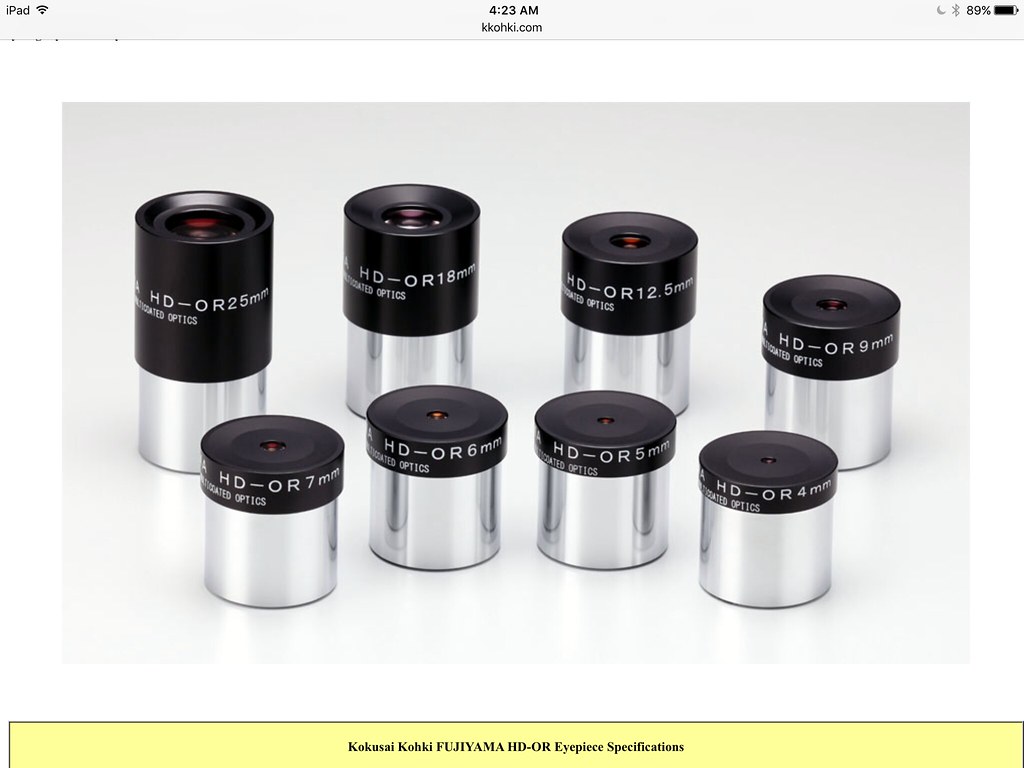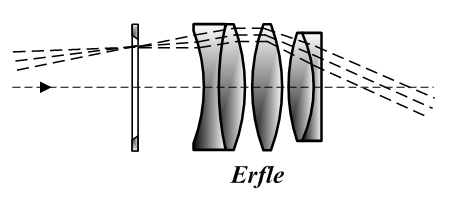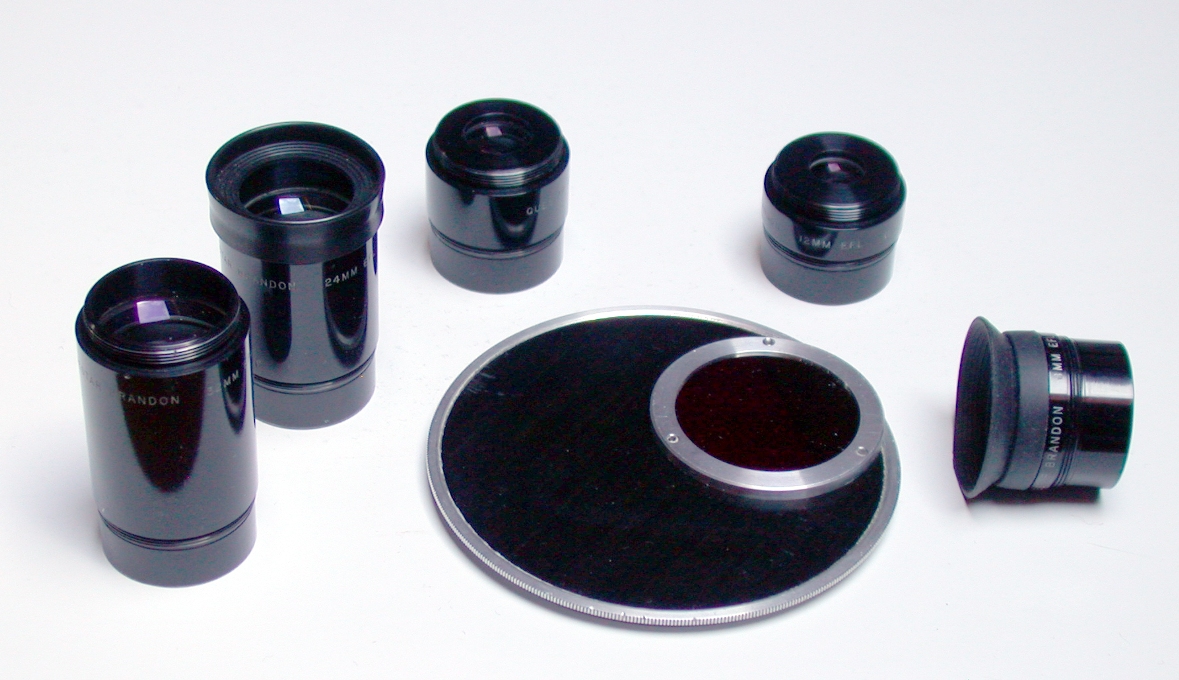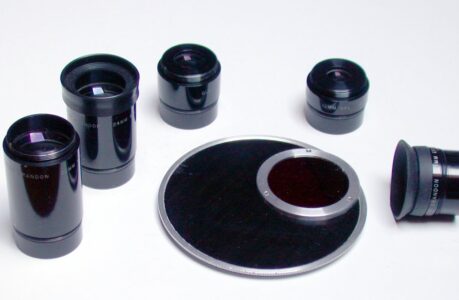When it comes to viewing the night sky through a telescope, the type of eyepiece you use can greatly affect your viewing experience. There are several different types of eyepieces, each with its own unique properties and benefits. In this article, we will explore the different types of eyepieces and how they can impact your viewing of the cosmos.
The first type of eyepiece is the standard Plössl eyepiece. These eyepieces are often included with telescopes and provide a standard field of view that is well suited for many different astronomical objects. They are also relatively affordable and offer good image quality. However, they may not provide the level of detail that more advanced eyepieces can provide.

The next type of eyepiece is the wide-field eyepiece. These eyepieces are designed to provide a wider field of view, making it easier to see larger objects like nebulae and galaxies. They are also well suited for panoramic views of the night sky. The main drawback of wide-field eyepieces is that they may not provide as much detail as other types of eyepieces.
Another type of eyepiece is the high-power eyepiece. These eyepieces are designed to provide the highest level of magnification possible, making it possible to see fine details on celestial objects. They are especially useful for observing planets and other small objects in the night sky. However, high-power eyepieces can be more expensive than other types of eyepieces and may also require a larger telescope to use effectively.
Finally, there are specialty eyepieces that are designed for specific purposes. For example, there are eyepieces that are specifically designed for observing the Moon, which provide a high level of detail and contrast. There are also eyepieces that are designed for deep-sky observing, which can provide enhanced contrast and better image quality for faint objects like galaxies and nebulae.
In conclusion, the type of eyepiece you use can greatly impact your viewing experience when observing the night sky. Whether you are a beginner or an experienced astronomer, it is important to consider the different types of eyepieces and how they can affect your viewing. By choosing the right eyepiece for your needs, you can maximise your enjoyment of the cosmos and see the wonders of the night sky in the best possible light.
How can I choose an eyepiece
Choosing the right eyepiece can greatly enhance your viewing experience in astronomy.

Here are some factors to consider when choosing an eyepiece:
- Magnification: The magnification of an eyepiece is determined by dividing the focal length of your telescope by the focal length of the eyepiece. When choosing an eyepiece, consider what type of objects you plan to observe and select an eyepiece that provides the appropriate magnification for those objects.
- Field of View: The field of view refers to the area of the sky that you can see through the eyepiece. Eyepieces with wider fields of view are ideal for observing larger objects like galaxies and nebulae, while eyepieces with narrower fields of view are better for observing small objects like planets.
- Quality: The quality of an eyepiece can greatly affect the clarity and detail of the images you see. Look for eyepieces that are well-made and offer good image quality, especially if you plan to use your telescope for detailed observations.
- Size: The size of the eyepiece will affect how comfortable it is to use and how much light it can gather. Larger eyepieces tend to provide better image quality and are ideal for deep-sky observing, while smaller eyepieces are more portable and may be better suited for observing planets and other small objects.
- Budget: Eyepieces can range in price from a few dollars to several hundred dollars. Consider your budget when choosing an eyepiece, but remember that investing in a high-quality eyepiece can greatly enhance your viewing experience.
- Compatibility: Make sure that the eyepiece you choose is compatible with your telescope and has the appropriate size and type of connector.
In conclusion, choosing the right eyepiece can greatly impact your viewing experience in astronomy. Consider your needs and preferences when choosing an eyepiece, and look for a high-quality eyepiece that offers good image quality and is well-suited for the type of objects you plan to observe.
Different sizes of eyepiece.
Yes, there are different sizes of eyepieces. Eyepieces come in different sizes and shapes, ranging from tiny “micro” eyepieces that are only a few millimetres in diameter, to large “superview” eyepieces that are over 50mm in diameter.
The size of an eyepiece affects its performance in several ways. Larger eyepieces can gather more light and provide a brighter, clearer image. They are also better suited for deep-sky observing, where the objects being viewed are often faint and difficult to see. However, larger eyepieces are also heavier and can be more cumbersome to use than smaller eyepieces.
Smaller eyepieces are more portable and easier to handle, and they can provide a more comfortable viewing experience. They are well-suited for observing planets and other small objects, where the increased magnification provided by a smaller eyepiece can be an advantage.
When choosing an eyepiece, it is important to consider the size of the eyepiece and how it will impact your viewing experience. Larger eyepieces can provide a brighter, clearer image but may be more cumbersome to use, while smaller eyepieces are more portable but may not provide as much detail as larger eyepieces.

